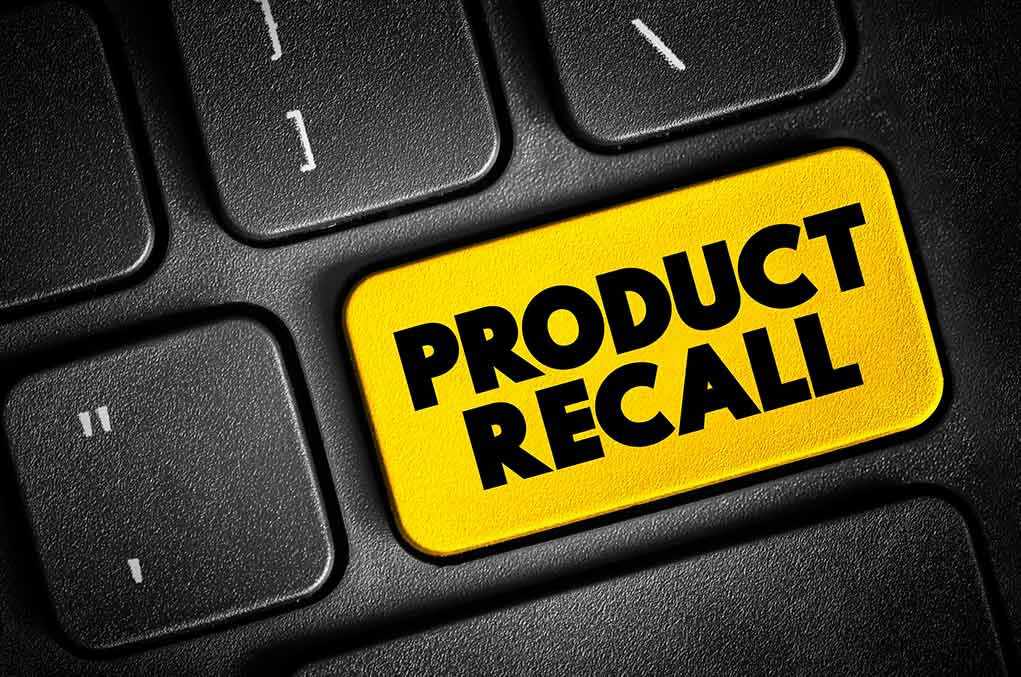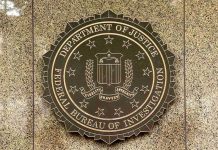
More than 67,000 bottles of deodorant have been recalled due to a mysterious manufacturing issue, leaving consumers wondering if their armpits are safe.
At a Glance
- 67,000 deodorants recalled from major retailers due to an undisclosed manufacturing issue.
- Regulatory bodies like the FDA and CPSC are involved in monitoring the recall process.
- Manufacturers are under scrutiny for potential systemic quality control failures.
- Consumers affected are advised to return or dispose of recalled products.
The Recall Situation: What’s Happening?
In 2025, the deodorant aisle faced an unexpected twist as more than 67,000 units were pulled from shelves at Walmart, Dollar Tree, and Amazon. The recall, prompted by a yet-to-be-revealed manufacturing hiccup, has left many with their arms, quite literally, up in the air. Regulatory agencies like the FDA and Consumer Product Safety Commission are at the helm of this deodorant drama, navigating the recall’s murky waters.
This isn’t the first time consumers have been caught off guard by such recalls. Historical precedents show that manufacturing issues can range from mislabeling to contamination. Just last year, yogurt with potential plastic pieces and tires with safety concerns made the headlines. It’s a reminder that even everyday items can surprise us in the most unexpected ways.
The Stakeholders and Their Roles
Manufacturers are juggling the fallout, aiming to minimize brand damage and financial loss. They’re tasked with the unenviable job of resolving issues swiftly, all while regulators scrutinize their every move. Retailers like Walmart act as the middlemen, coordinating recall logistics and notifying consumers. Meanwhile, consumers are left pondering their next deodorant choice, seeking safety and compensation.
The power dynamics in this situation are intriguing. Regulators hold the authority to enforce recalls and impose penalties. Manufacturers, on the other hand, have control over how much information they disclose, often walking a tightrope between transparency and damage control. Retailers, ever the pragmatists, aim to shield their customers from harm while keeping their own reputations intact.
Unraveling the Mystery: Current Developments
As of now, the deodorant mystery remains unsolved. Companies have issued voluntary recall notices, often citing an “undisclosed manufacturing issue.” This lack of detail leaves room for speculation and concern among consumers. Affected products are being yanked from shelves faster than you can say “antiperspirant,” and consumers are advised to return or dispose of them.
The timeline reveals a flurry of recalls across various products, not just deodorants. From March to July 2025, a wave of recalls has swept the market, spanning food, medical devices, and consumer goods. The common thread? Unspecified manufacturing issues that have sparked ongoing investigations.
The Bigger Picture: Impact Analysis
In the short term, consumers face potential health risks and inconveniences. Manufacturers grapple with immediate costs related to recall logistics and potential legal exposure. Retailers, meanwhile, experience operational disruptions as they navigate the recall process. But the long-term implications loom larger. Manufacturers may face regulatory penalties, lawsuits, and lasting brand damage.
The broader industry feels the ripple effects too. Heightened scrutiny and potential regulatory tightening could be on the horizon. Quality assurance, once a backstage player, may take center stage as companies invest in stricter oversight to prevent future hiccups. For now, consumers and manufacturers alike hold their breath, awaiting the next chapter in this deodorant debacle.












